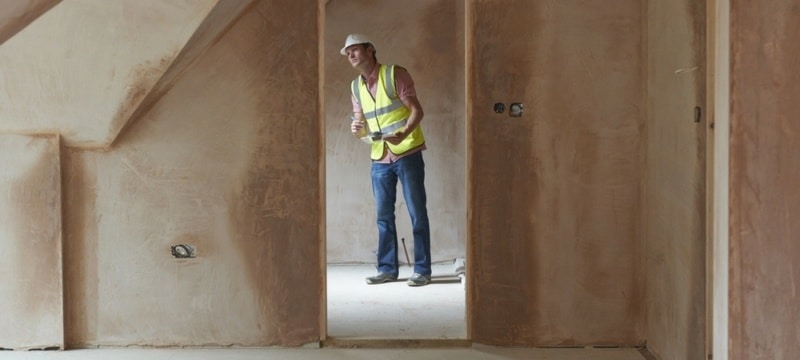This article was written by guest blogger Tali Wee.
Most homebuyers know that when buying a home, getting a professional home inspection is considered to be almost standard operating procedure. A home inspection study conducted by the American Society of Home Inspectors (ASHI) found that at least 88 percent of home buyers felt more confident in their purchase of a property after that property had undergone inspection.
What home buyers often don’t realize is that a standard home inspection may not cover everything they want to know about a home.
Standard home inspections evaluate the structural and physical features of the home to identify any damages or safety hazards. According to ASHI, a home inspector examines the heating and central air conditioning systems, interior plumbing, electrical, roof, attic, visible insulation, walls, ceilings, floors, windows, doors, foundation, basement, and other structural components. The inspector points out visual issues that should be corrected to make the home safe.
However, some home features and amenities are outside the scope of standard home inspections, while others simply may not be detectable at the time of the inspection. Specialists, such as HVAC contractors, plumbers, electricians, or structural engineers can be hired separately, after the initial inspection, to do a deeper dive into areas that the inspector may have flagged as potential issues. These specialized inspectors investigate the cause of the problems and quote the true cost of repairs for that issue. According to Bill Loden, president of ASHI, there are a few important areas where a homebuyer might want to get a second opinion from a professional inspector in a specific field:
1. Leaks
A professional home inspector should, in the course of his regular inspection, check around windows and door jambs, and in the attic and crawl space, as well as below sinks for signs of prior leaks , however, this may not catch every leak or the full extent of existing (or past) leakage.
According to Loden, on a rainy day, leaks may be more visible to the inspector. But during a dry spell or after a period of time without daily water use, such as a house that’s been sitting empty, leaks can be challenging for a home inspector to identify. If your inspection is of a vacant home, leaks may be dry and invisible to the inspector, but just a few weeks of living in the home could expose water problems.
If an inspector does find a leak, a plumber will likely need to determine the cause of the leak and offer potential ways to correct the issue, according to Loden. If the leak starts at the roof, a professional roofer should examine the cause of the leak and determine the severity of the problem and cost of the fix. Some home buyers bring these professionals in at the same time as the standard home inspector to move quickly in competitive home markets.
2. HVAC system complications
Imagine testing the air conditioner on a 50-degree morning vs. an 80-degree afternoon. Depending on the weather, the professional home inspector’s evaluation may conclude different results.
Additionally, heating, ventilation and air conditioning (HVAC) systems can be finicky, working fine one day but not the next. Home inspectors are frequently limited to a short window of time, typically two to four hours, to test all the structural, mechanical, and physical features of the home. There isn’t an opportunity to test them over time, which could yield more accurate results.
Alternatively, you can hire an HVAC contractor to test the equipment, which typically takes two or three days. Specialists can cost $3,000 to $5,000 for this type of inspection, and it may be possible to replace the entire system for just slightly more, said Loden. If a furnace is more than 10 years old, it may be wise to have it examined by an HVAC inspector to determine whether the heat exchanger is running smoothly without causing carbon monoxide leaks into the home.
3. Sewer blockages
During a standard home inspection, the inspector should test all the fixtures in the house, turning on the faucets and letting the water run to make sure the lines are running smoothly, both incoming and outgoing. He or she should also evaluate the home’s exterior to check for trees or stumps with roots that may be invading the path of the sewer pipe. These tests are considered to be an efficient way to assess the condition of the sewer pipe, but partially blocked or damaged sewer lines can evade these initial tests.
But, to ensure your sewer line is clear, it’s best to hire a plumber or a company that specializes in clearing or replacing sewer lines to scope the pipe.
Home inspections educate buyers on the overall condition of the property so that they can make the smartest purchasing decision. You should carefully select an inspector with positive reviews who can clearly explain the issues. When you interview the inspector be sure to ask what is included in the inspection, how much time the inspector will be on site, and whether the inspector provides a written report (and what that report looks like).
Once you have your inspection report, you may be in a better position to negotiate which repairs the seller may make before closing or will pay for to be completed after you move in.
Tali Wee writes about finances, home improvement and interior design for Zillow and other partners. @MrsTaliWee






